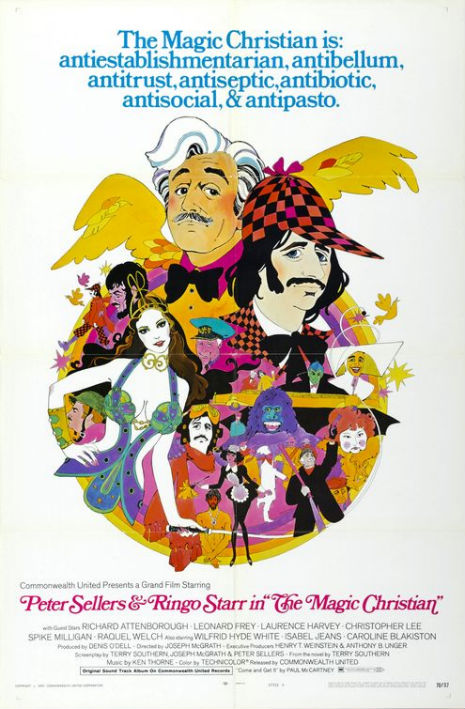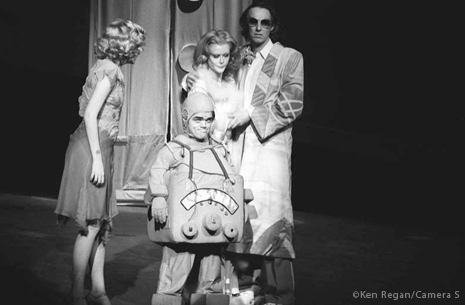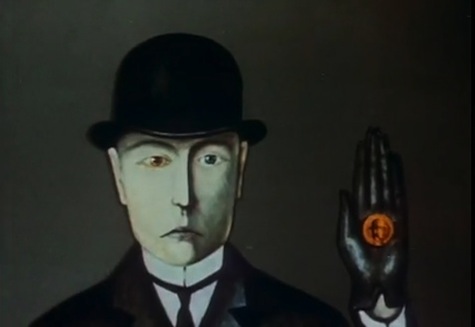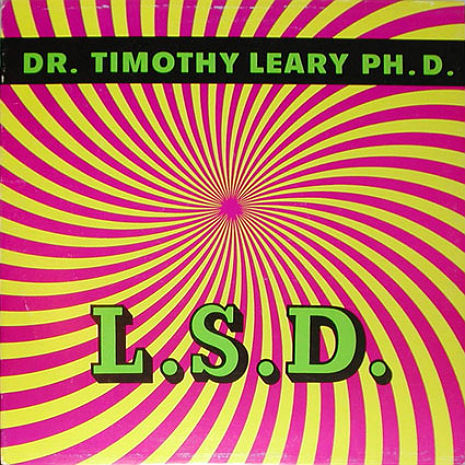
I’ve been a huge Terry Southern fan for as far back as I can remember—I’d even go so far as to say that I’m a Terry Southern nut. Posting some of his unpublished work here on Dangerous Minds has been a thrill for me. In my day, I have gone about collecting a fair amount of first editions, magazines, memorabilia and just stuff that relates to Southern’s career. In fact, as I sit here typing this, there is a framed poster of The Magic Christian hanging on the wall in my office (it’s the exact one you see above). Terry Southern is a charter member of my personal pantheon of 20th century heroes.
In case you don’t know who the grand and groovy Terry Southern was, here’s a brief bio, taken from the Open Road Media website, where his books are being made available as e-books beginning May 3rd:
Terry Southern (1924–1995) was an American satirist, author, journalist, screenwriter, and educator and is considered one of the great literary minds of the second half of the twentieth century. His bestselling novels—Candy (1958), a spoof on pornography based on Voltaire’s Candide, and The Magic Christian (1959), a satire of the grossly rich also made into a movie starring Peter Sellers and Ringo Starr—established Southern as a literary and pop culture icon. Literary achievement evolved into a successful film career, with the Academy Award–nominated screenplays for Dr. Strangelove, Or How I Learned to Stop Worrying and Love the Bomb (1964), which he wrote with Stanley Kubrick and Peter George, and Easy Rider (1969), which he wrote with Peter Fonda and Dennis Hopper.
Truly a “writer’s writer,” Southern was lauded by the likes of William Burroughs, Norman Mailer, Stanley Kubrick, Hunter S. Thompson, Tom Wolfe. Joseph Heller and Kurt Vonnegut. He also wrote or co-wrote the screenplays for Barbarella, The Loved One and The Cincinnati Kid and for a while, worked for Saturday Night Live in the 1980s. He was declared “the most profoundly witty writer of our generation,” by novelist Gore Vidal, no slouch in the wit department himself and is one of the “people we like” chosen by the Beatles for the Sgt. Pepper’s collage. Now the city of Dallas, TX has proclaimed May 1st, 2011, “Terry Southern Day” in recognition of one of the Lone Star State’s few genuine literary legends.
On that day Dr. Strangelove will screen at the historic Texas Theatre (where Lee Harvey Oswald was apprehended, btw) and Dallas City Councilwoman Delia Jasso will present Southern’s son, Nile Southern, with the official proclamation for “Terry Southern Day.” Nile Southern will also be showing a portion of his upcoming documentary Dad Strangelove, about his famous father. A Q&A session will afterwards will be moderated by The Dallas Observer’s Robert Wilonsky, who recently wrote a fascinating article about Nile and the important job he performs of archiving his father’s legacy for cinema historians and literary scholars of the future.


















